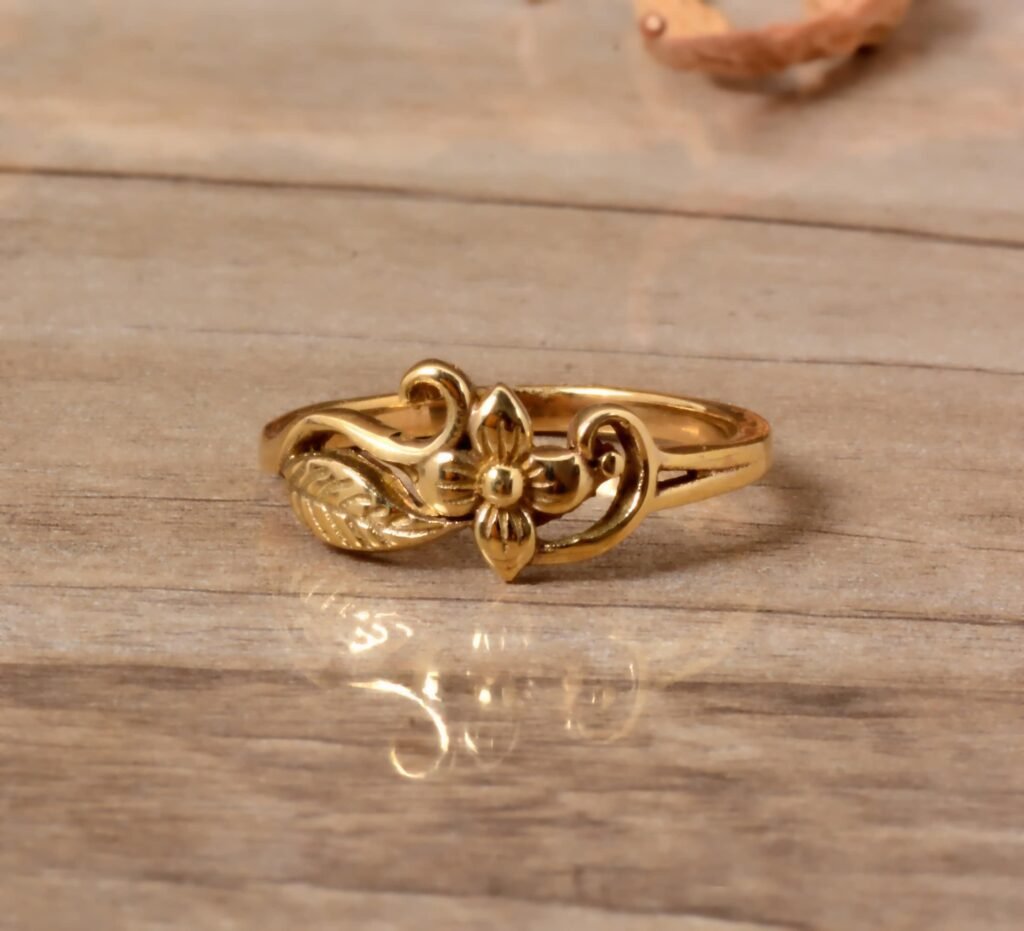
Introduction
Handmade jewelry embodies a unique charm and individuality that mass-produced pieces often lack. Each handcrafted item reflects the artisan’s skill, creativity, and personal touch, making it a truly one-of-a-kind creation. In this article, we’ll delve into the world of handmade jewelry, exploring its benefits, popular styles, and how to care for these beautiful pieces.
The Allure of Handmade Jewelry
Handmade jewelry stands apart from its factory-made counterparts in several key ways:
1. Unique Designs
One of the most appealing aspects of handmade jewelry is its originality. Artisans often create designs that are personal and distinctive, resulting in pieces that are not only unique but also reflective of the maker’s artistic vision. This contrasts with mass-produced jewelry, which tends to follow trends and standard designs.
2. Artisanal Craftsmanship
Handmade jewelry is crafted with great attention to detail and skill. Artisans use traditional techniques and tools, often spending hours perfecting each piece. The craftsmanship involved ensures a level of quality and intricacy that is difficult to achieve with machine production.
3. Personal Connection
Buying handmade jewelry often involves a personal connection between the buyer and the artisan. Many jewelry makers offer custom designs or are open to creating pieces tailored to the buyer’s specifications. This personalized service adds sentimental value to the jewelry.
4. Sustainability
Many handmade jewelers prioritize sustainable practices, using ethically sourced materials and environmentally friendly methods. By choosing handmade jewelry, you often support small businesses that are committed to reducing their environmental impact and ensuring fair labor practices.
Popular Styles of Handmade Jewelry
Handmade jewelry encompasses a wide range of styles, each showcasing the artisan’s unique approach and techniques. Here are some popular styles:
1. Bohemian
Bohemian jewelry is characterized by its free-spirited and eclectic designs. Often incorporating natural materials like feathers, stones, and beads, bohemian pieces are vibrant and full of personality. Handmade bohemian jewelry frequently features intricate beadwork and layered elements, creating a relaxed and artistic look.
2. Minimalist
Minimalist handmade jewelry focuses on simplicity and elegance. These pieces often feature clean lines, geometric shapes, and understated designs. The beauty of minimalist jewelry lies in its subtlety and the skillful use of space and form to create impactful yet unobtrusive pieces.
3. Vintage-Inspired
Vintage-inspired handmade jewelry draws on historical designs and motifs. Artisans may recreate styles from specific eras, such as Art Deco or Victorian, using traditional techniques and materials. These pieces often include intricate detailing and ornate settings, evoking a sense of nostalgia and timeless elegance.
4. Ethnic and Tribal
Ethnic and tribal jewelry often incorporates cultural symbols and traditional craftsmanship. Handmade pieces in this style may use materials and techniques specific to particular cultures, such as African beadwork or Native American silverwork. These pieces celebrate cultural heritage and often feature bold patterns and colors.
5. Custom and Personalized
Custom and personalized handmade jewelry allows buyers to work directly with artisans to create pieces that are unique to them. Whether it’s an engagement ring, a charm with initials, or a necklace featuring a special gemstone, custom jewelry is designed to reflect personal significance and preferences.
The Process of Creating Handmade Jewelry
Creating handmade jewelry involves several steps, each requiring skill and precision:
1. Design Concept
2. Material Selection
Artisans choose materials based on the design and desired outcome. This can include metals like gold, silver, or copper, as well as gemstones, beads, and other decorative elements. The quality and sourcing of materials play a crucial role in the final piece.
3. Crafting
The actual crafting process involves several techniques, including metalworking, stone setting, and beadwork. Artisans may use tools such as hammers, pliers, and soldering equipment to shape and assemble the jewelry. This stage requires precision and a steady hand to ensure that each component is crafted to the highest standard.
4. Finishing Touches
Once the piece is assembled, artisans add finishing touches to enhance its appearance. This can include polishing, plating, or adding additional details. The goal is to ensure that the piece is not only beautiful but also durable and comfortable to wear.
5. Quality Control
Before a piece of handmade jewelry is sold, it undergoes a quality control process. Artisans inspect each item to ensure that it meets their standards for craftsmanship and design. Any necessary adjustments or repairs are made at this stage.
Caring for Handmade Jewelry
To maintain the beauty and longevity of handmade jewelry, proper care is essential:
1. Regular Cleaning
Clean your handmade jewelry regularly to remove dirt and oils. Use a soft cloth or a gentle jewelry cleaner suitable for the materials used. Avoid harsh chemicals that could damage delicate components.
2. Proper Storage
Store handmade jewelry in a cool, dry place, ideally in a soft pouch or jewelry box. Separate different pieces to prevent scratching and tarnishing. For items with gemstones, consider using anti-tarnish cloths or pouches.
3. Avoiding Damage
Remove your jewelry before engaging in activities that could cause damage, such as swimming, exercising, or applying lotions and perfumes. This helps protect the piece from potential harm and extends its lifespan.
4. Professional Maintenance
If your handmade jewelry requires repairs or adjustments, consult a professional jeweler experienced in working with handcrafted pieces. They can provide expert care and ensure that the piece remains in excellent condition.
Conclusion
Handmade jewelry offers a unique blend of artistry, craftsmanship, and personal connection that sets it apart from mass-produced alternatives. With its diverse styles and the ability to reflect the artisan’s vision, handmade jewelry provides a special touch to any collection. By understanding the creative process, appreciating the various styles, and properly caring for these pieces, you can enjoy the lasting beauty and individuality of handmade jewelry for years to come.
